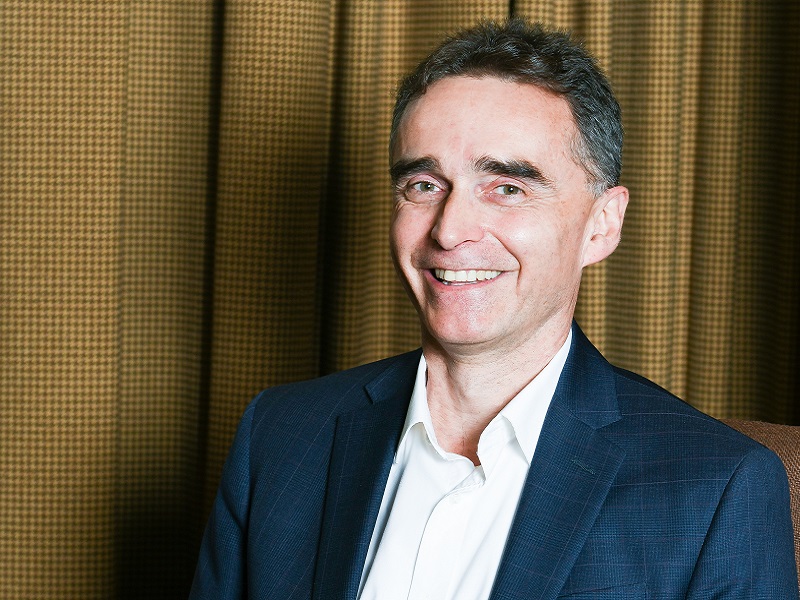
With interest rates trending downward over several decades, liability-driven investing has proven to be a successful strategy for the Canadian Broadcasting Corp. Pension Plan.
The maturity of the plan — which currently sits at $8 billion and has an active membership of 38 per cent — drove many of the decisions around adopting the LDI strategy, said Duncan Burrill, managing director and chief executive officer of the plan, during a session at the Canadian Investment Review’s 2021 Investment Innovation Conference. “We view ourselves as a pension plan delivering on a promise, rather than an asset manager within a pension fund.”
Read: CBC Pension Plan stays the course with liability-driven investment model
One key to this strategy is the constant refinement of the asset mix, which can drive 80 to 90 per cent of returns, he said. Currently, the asset mix is 42 per cent equities, 14.5 per cent real assets and 43.5 per cent fixed income with a 34 per cent bond overlay strategy, with provincial bonds and liabilities hedging much of the interest rate risk.
“Our version of LDI is an investment strategy that looks at both assets and liabilities. It’s more of a philosophy than a hedge ratio. Some people say they hedge 80 per cent or 60 per cent, but our mission is to deliver the pension promise over 80 years. Solvency and going-concern funded status objectives are our key checkpoints to ensure we’re providing benefits security.”
Another key component of the LDI approach is carry from the plan’s bond overlay strategy, said Burrill, noting it enhances long-term expected returns and has accounted for a third of the plan’s gains since the strategy was implemented in 2007.
Read: Head to head: Should pension plans be investing actively or passively?
While LDI helped the pension plan stay afloat amid the 2008/09 financial crisis, he said it’s taken a decade to recover. The plan’s going-concern funded ratio and solvency funded ratio currently stand at 161.4 per cent and 104.6 per cent, respectively.
And with the possibility of a post-pandemic rise in interest rates, Burrill said the plan sponsor is evaluating the effectiveness of this strategy moving forward. Indeed, an interest rate hike earlier this year cost the plan roughly $400 million in hedging losses.
“The assumption is that rates are going to rise and LDI will be a bad strategy [to maintain]. Our take is that it isn’t quite that simple. . . . We’ve had a 40-year downward trend on interest rates, but at some point there’s going to be a regime change and when that happens, LDI won’t be as effective. It’s not a set-and-forget strategy, it’s something you need to adjust over time. . . . We need to look at how much risk we can take and what the plan is if things go against us.”
An LDI strategy also does poorly amid stagflation, said Burrill. “You have leveraged exposure to fixed income so if rates rise, you lose money on the hedge [and] if you get in a situation where rates go up because of inflation and the equities market goes down, you get a double whammy.
“We need to be looking forward, not backward. What worked in the past won’t necessarily work in the future. . . . You have to be changing your goalposts and think about funded status instead of how big the pile of assets is. There are also times where you’ll underperform peers quite dramatically. You need to have a board that’s understanding and not panicked by that.”
Read more coverage of the 2021 Investment Innovation Conference.
